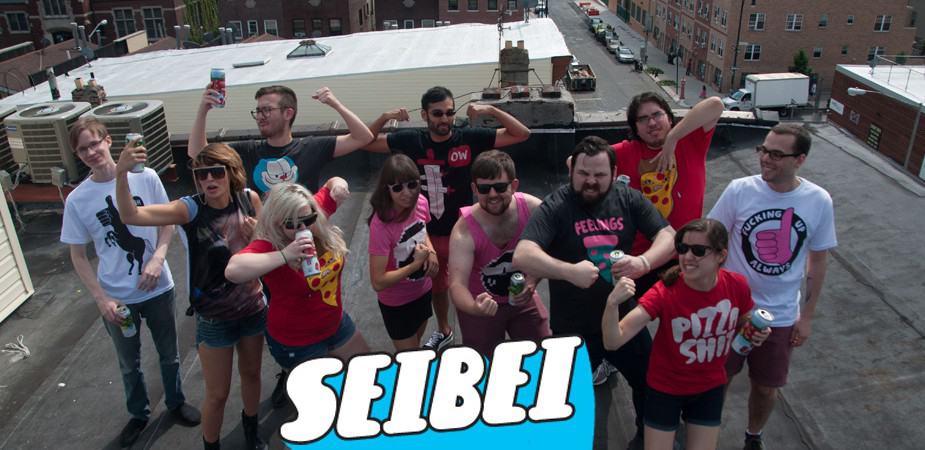
When you’re a kid drawing is pure fun. An immersive thrill. Coloring books, crayons, and markers are a necessity for kids everywhere that eventually lose their magic. As adults, drawing becomes ‘art’ — a career goal. A serious tone set for serious exploration and discovery. All important things, but sometimes you miss that fun. That giddy thrill.
When I first saw the drawings and designs of David Murray and Seibei I didn’t know what to think, there was an inherent silliness that wasn’t parody, satire, or subversion of a bigger ideal. It was silly for silly’s sake. Once that realization hit, I stopped thinking and just went with my second instinct — and smiled.
The world of Seibei is structured around David’s drawings, where his child-like sketches become fully realized t-shirts. Murray holds close to the original goal of Seibei, to create t-shirts that he can laugh at and be proud of. That level of dedication to such a superficially silly dream is where the brilliance reveals itself.
CJ: Your ‘Anime’ tee shirt design is pretty damn brilliant. There’s a genius level simplicity to it. Oh, and it’s funny. Your ‘Feelings’ shirt reaches that same level.
Your store doesn’t have a ton of shirts, so I’d have to guess that you must do a ton of sketches and doodles before you reach on what to print. How do you decide what designs to print?
DM: Thanks! The Bart Simpson in the Anime shirt gag is actually thanks to my friends Julia Sonmi Heglund and Zac Gorman, who both suggested it (I had originally drawn someone that looked more like Sluggo, just kind of a generic angry child face).
The FEELINGS shirt was actually a warm-up sketch that people ended up liking a lot. I was very stressed out over a recent, high-profile shirt ripoff and almost wrote I’M SAD instead of FEELINGS over it but I think I didn’t want my mom to think I was super bummed out.
I used to approach t-shirt design from the wrong end — I’d decide to make a shirt about this thing or that and it really restricted me and led to a few half-assed tees getting released over the years, simply because I’d worked on a certain design for so long that I would just decide to be done with it rather than having something that got my psyched.
Now, I just draw, and draw, and draw — I have an exercise where I try to thumbnail as many tees as possible, just whatever comes to mind, just to get every idea onto paper and work from there. It’s like panning for gold in a river of crap, because most of my ideas are bad. But that’s okay! If I can draw 100 crappy tees and find the seed of one really good one in there, it’s worth it.
What happens to the designs you don’t use?
I’m planning on going through my old sketchbooks and properly drawing every rejected idea as an exercise (and to see if there’s anything good in them, after all) and to publish online. I need to set aside time to do this!
There’s a specific humor to your work. They’re jokes, but they don’t rely on cheap cleverness or irony – the humor is wonderfully childish. Giddy. So great. When it comes to selling shirts, how closely do you follow the public response?
That’s great to hear, thank you. One of the few things I can really bring to the table that sets me apart is an uncommon sense of humor, so I just try to be good at putting that across, and I think I’ve gotten better at it over the last year or so through new work habits.
In the past, I’ve tried to cater to public response, but I’m really bad at it. It is much easier and better for me to make things I like rather than try to think of what other people will like, so I just have to stick to my guns and hope enough people have similar tastes to my own.
That said, Kate and certain other friends of mine are great to bounce stuff off of every so often — a fresh perspective can be really helpful, especially when you do most of the work by yourself, huddled in the dark, bent over a sketchbook or a computer.
I share little snippets of my work on Twitter or Instagram just to get an idea if I’m heading in the right direction, and also because little virtual pats on the back every now and then can be a huge help.
It’s interesting looking at the world of the tee shirt business, and how much money goes into production, storage, and the general business of it all. How do you focus on creating work that you dig while also putting out work that sells? Have you ever been tempted to put out a shirt that you didn’t particular like, but thought would sell well?
I’m really bad at creating things that I think will sell well. I have to like it, first and foremost. In the past I tried to cater to trends or what I thought people wanted from me, but it never went anywhere and was terrible. It’s cliche, but you need to be proactive rather than reactive — don’t chase after trends.
My best work is when I can put out something I’m 100% stoked with (realistically, 90% – 100% stoked with, I allow for a 10% margin of error since I know I’m hard on myself) and proudly say, ‘If you don’t like this, that’s okay, but I fucking love this dumb thing.’
There are sometimes things I get tired of reprinting, but if a thing keeps selling well, I’ll reprint it. I have to remind myself that while I’ve seen SO MANY I’m Fat Let’s Party shirts, there are people out there who are seeing it with fresh eyes every day, and I can’t blame them for not having known my work prior.
Next year I’m probably going to open the archives and do a ‘SEIBEI Classics‘ capsule collection where I bring back a few older designs that haven’t seen the light of day in ages.
You have prints available through Telegraph Gallery, but tee shirt design seems to be where the bulk of your artistic out put is — you use it as your main canvas. What attracts you to tee shirts as a creative medium?
They’re so disposable and ephemeral. There are so many special considerations — you need to almost design them with the mindset of a billboard, because you’re trying to convey a joke or an idea very quickly through bold, intelligent design.
Attention spans are so short, and you may only look at a shirt someone’s wearing for a second, unless you’re actively checking them out (and even then, some t-shirt is the least of your concerns). Plus, you need to think about whether that’s something someone would want to wear on their torso for several hours at a go.
T-shirts are inert, lifeless husks until someone takes them out in the world and wears them. It’s exciting! Plus, I worked in the printing industry for years and know t-shirt printing inside and out — I’ve folded shirts, cleaned squeegees, mixed inks, made screens, run presses, and even was the head of the art department at the last shop I worked at (Forward Printing in Oakland, CA, who still do all of the SEIBEI printing).
Seibei has a distinct visual style. That deliberate simplicity. It’s like you break down ideas to their essence and there it is — a sweaty pizza. There’s a single panel comic strip feel to the designs. How did you land on that particular style? Did you ever do elaborate fantasy scenes, Frank Frazetta style, and pull back?
Thank you! This whole interview has been really gratifying for me; you’re much better at putting into words what I’m trying to accomplish in tee design. It took me a long time to get here. I’d like to think that a lifetime of reading comics (and studying comics and making my own in recent years) have had some influence on me.
My number one favorite t-shirt artist is Parra — his line, Rockwell, is just so simple (on the surface) and direct and weird and it’s everything I want my work to be. You can spread your message or your aesthetic across as many t-shirts as you want, so just let each shirt show one little tiny piece of you. One simple message, image, or gag — you can only fit so much on there.
You have some legendary shirts – ‘I’m Fat Let’s Party’ and ‘Sandwich Dino’ are crazy popular. Your shirts have even been on TV shows. I’d imagine that’s pretty cool, spotting Judah Friedlander sporting your work on ’30 Rock.’ Is that something you made happen? Are there avenues to get your work in front of wardrobe designers? Was ’30 Rock’ pure happenstance?
Any time my stuff has been on TV has been a combination of being nice and being in the right place at the right time, and having awesome people going up to bat for me. I first met Judah Friedlander at the All Points West Music Festival in New Jersey where I was selling tees with some friends and he was performing.
After the show, my friends Randi and Jayna said ‘we’re going to get him to come by the booth’ and disappeared backstage.
They chatted with Judah for a bit and got him to come by, and he is The Nicest Dude. He showed my tees to the wardrobe department, and eventually a couple of tees made their way onto the show.
People don’t watch TV shows to check out t-shirts, but those appearances (and others) were nice boosts for the business. There are probably easier ways to get your work in front of wardrobe designers, and I should look into them.
What part do events like Comic Con and The Renegade Craft Fair play in the world of Seibei?
I’ve worked so many craft fairs — Renegade Craft Fair, Unique LA, the Bust Craftacular, and so many others — and they’ve all played a huge part in building my career.
Hitting the road and selling shirts to people one-on-one can be exhausting but also incredibly gratifying, and it’s a direct way to get your work in front of potential audiences, and a great way to meet other like-minded weirdos. I’ve made some of my best friends working the craft circuit.
Also, it’s a great excuse to take business trips where you get to visit friends when you’re done with the show. These days, Kate and I often work shows together as Telegraph and Seibei, or certain comics shows like SPX (Small Press Expo) and TCAF (Toronto Comic Arts Festival) solely as Telegraph.
You’ve branched out from shirts by selling books, zines, and you also run Telegraph Gallery which has an awesome output of screenprints and gallery shows. You seem to keep those two entities separate – is there any plan to combine them into one giant creative outlet? Does Seibei require the same attention that Telegraph does?
Telegraph grew out of Seibei in a lot of ways. Most of the artists we’ve worked with are people I’ve become friends over the years through my work as Seibei and all the art and comics shows I’ve worked and attended over the years.
I started selling my friends’ books through Seibei as a way to try and get my friends’ work out there to an audience that I thought would like them, and Telegraph is simply that on a way more ambitious scale (I’ve since stopped selling my friends’ books through Seibei in order to focus on book distribution through Telegraph, and sold my remaining book inventory between the two companies).
There will always be a little overlap between the two — we sell Seibei tees in the shop and some of my prints and originals are on the walls, and most people know me as Seibei, so they’ll always be together a little bit, at least in spirit.
You recently got married (congrats!) and you and your wife seem incredibly busy running two businesses – Seibei and Telegraph. How do you arrange down time when you have so much on your plate? Do you try and keep a regular work schedule to make time for a personal life?
Kate is the best at convincing me to let myself take breaks or even full days off. Since Telegraph is a brick & mortar with set hours, it’s a bit easier to make a divide between work life and home life, but Seibei work is constant and never-ending.
Actually, Telegraph work is too — there’s always more books to order, more artists to hit up, some bit of housekeeping to do. I am no good at keeping a regular work schedule, but I am getting better at it!
I get really bummed out if I’m not constantly busy, though, so I’m actually going to try and start taking on freelance work again so I can just get more stuff out there.
You’re an illustrator and a businessman. Even more so than your average freelance illustrator. The tee shirt and gallery business has so many demands. How do you balance being creative and keeping two businesses running?
I get by with a LOT of help from my friends. In the beginning, and for many years afterward, I was doing all of the Seibei printing and all of the shipping of day-to-day orders.
These days, my printing is handled by my homies at Forward Printing, and they ship everything to my friends at Fangamer, who handle all of my order fulfillment WAY better than I ever did. Then, there are friends who help me out at shows and have supported my work throughout the years — my Dream Team.
There’s my family, who have always supported me in my endeavors (and even loaned me some money when I was getting started). Finally, there’s Kate, who handles a ton of the Telegraph work and keeps me from going insane under the remaining Seibei work that I have.
Thanks to each and every one of them, I get by, and we get to keep making cool things. I use to pride myself on doing every last little thing on my own, but why martyr yourself? Find the things you’re good at and leave the rest to other people whenever possible.
If you’re one of those folks that are curious about David’s nom de plume, here’s his explanation —
‘Seibei is a name taken from the title character of Shiga Naoya’s short story Seibei to Hyoutan (‘Seibei and His Gourds’). Seibei is a young artist who’s very devoted to his work, bucks popular trends, follows his own aesthetic, and is kind of a funny kid.
When I read this story in my study of Japanese Lit, I felt a connection with Seibei, and told myself that if I ever worked as an artist, I’d want to take that name, and follow those ideals. So I did!’
For more from David Murray and the world of Seibei just follow these handy links —

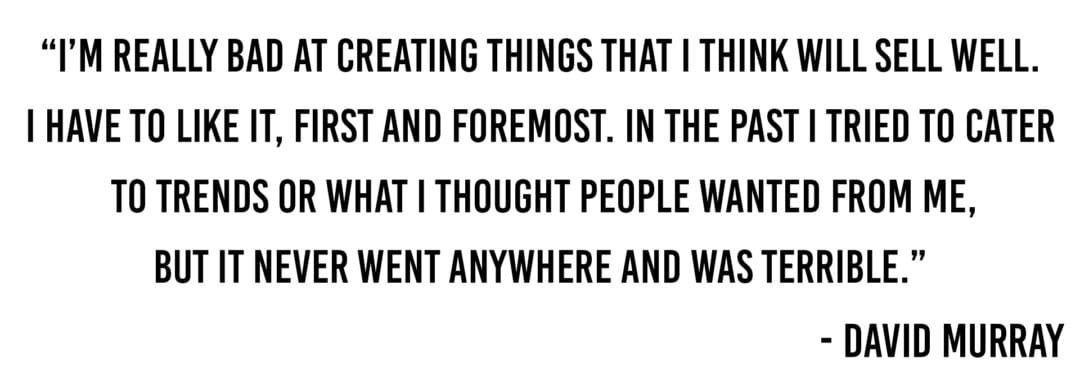
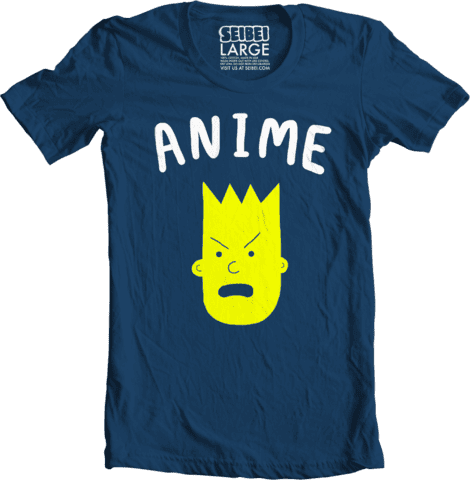
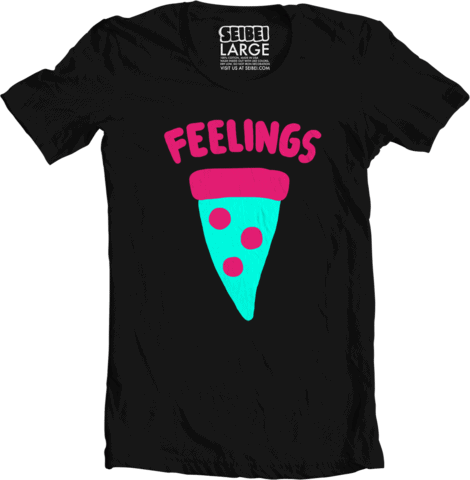

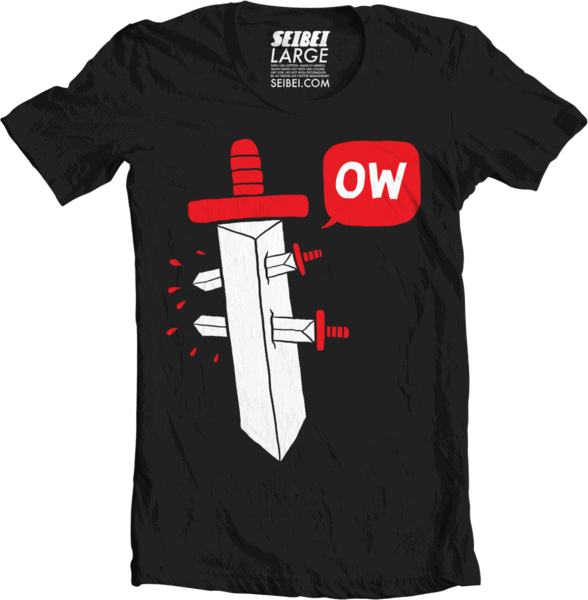
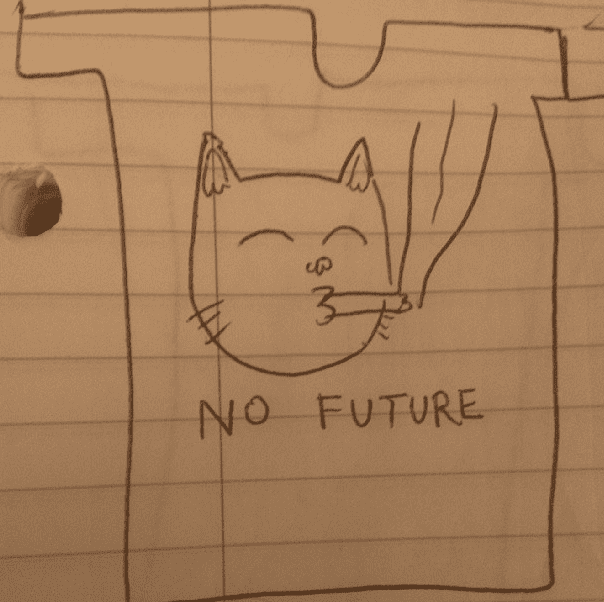
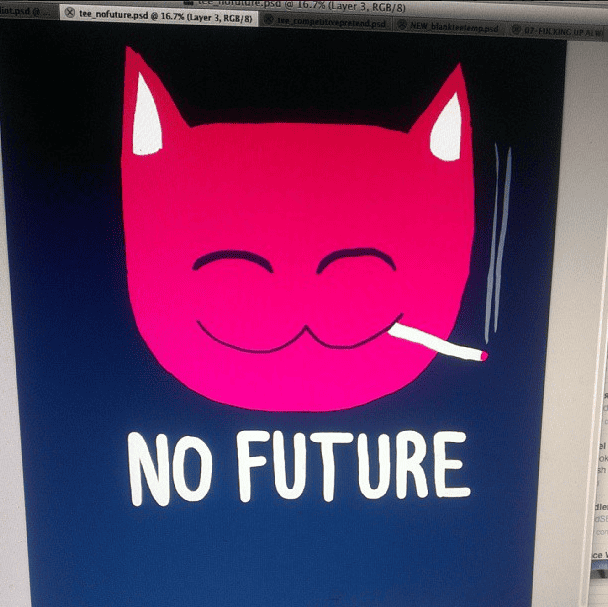
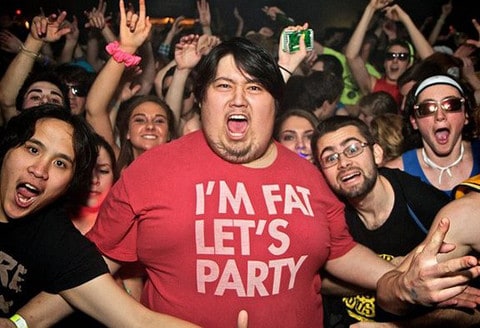
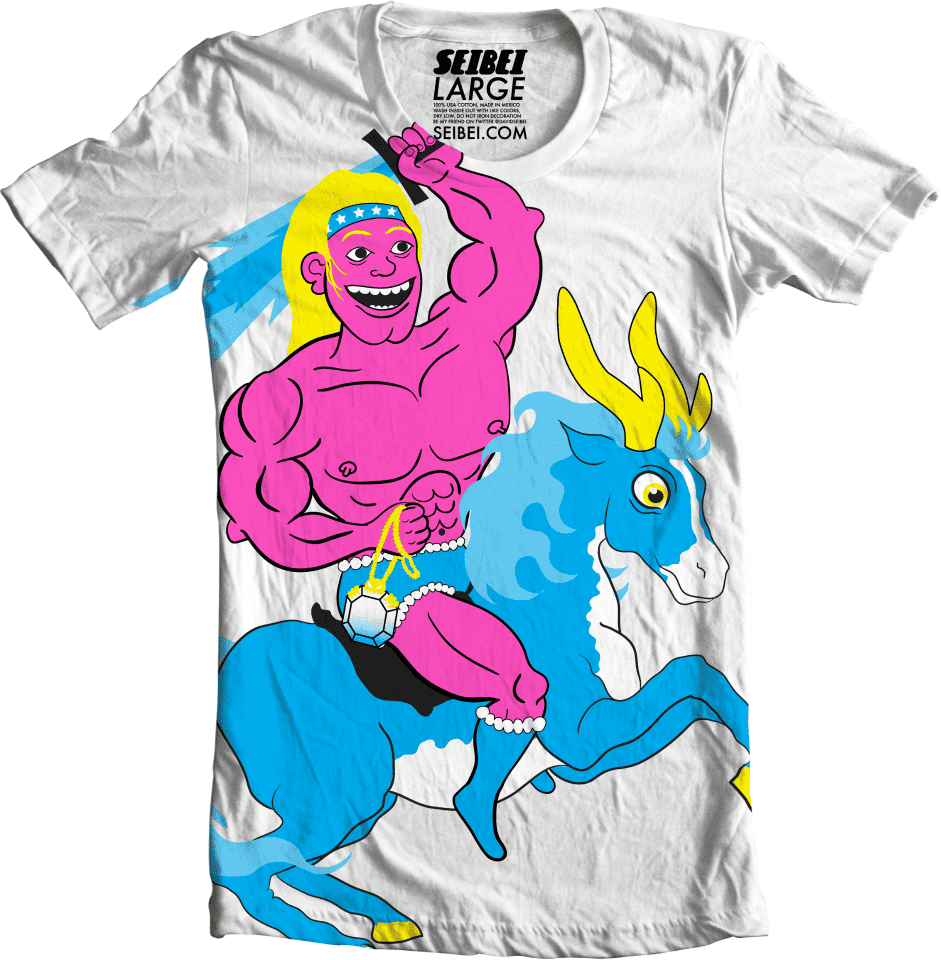
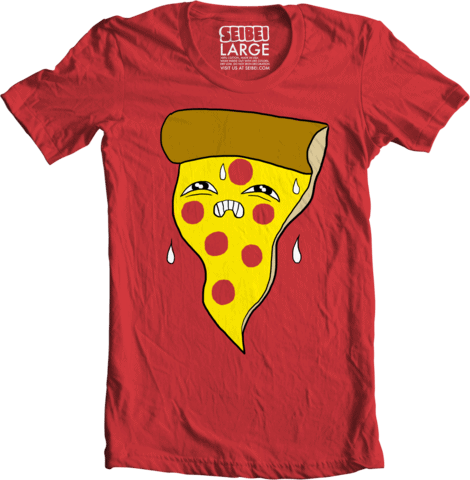
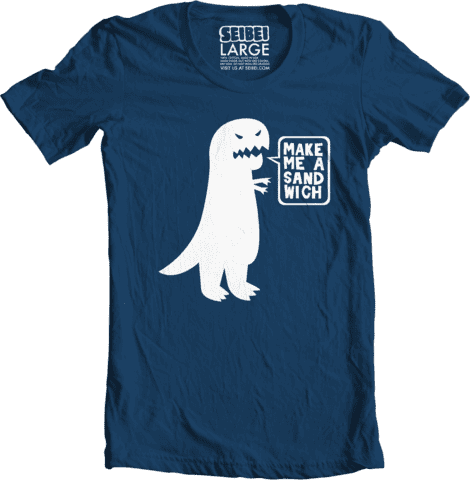
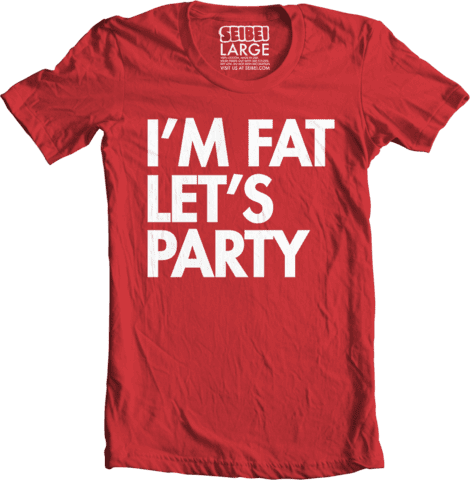
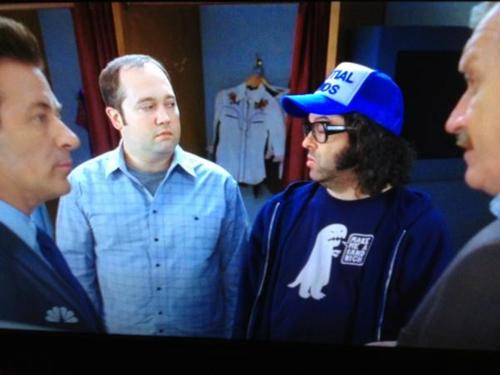
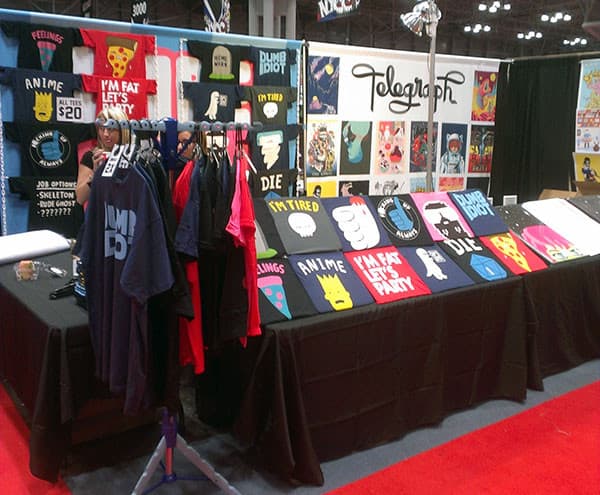
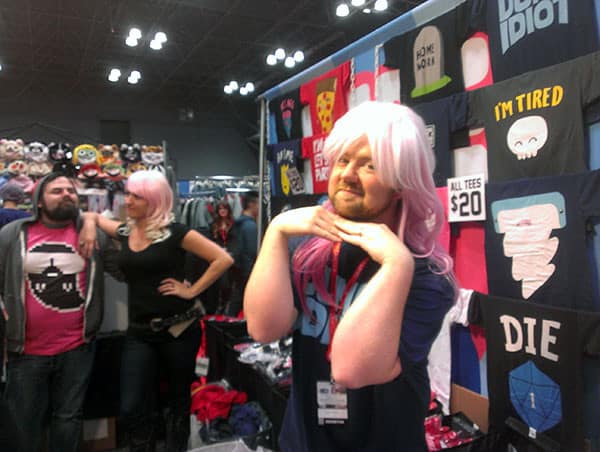
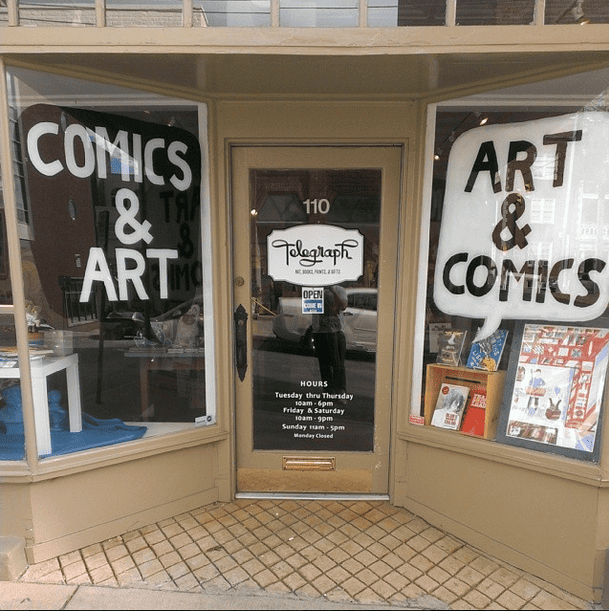
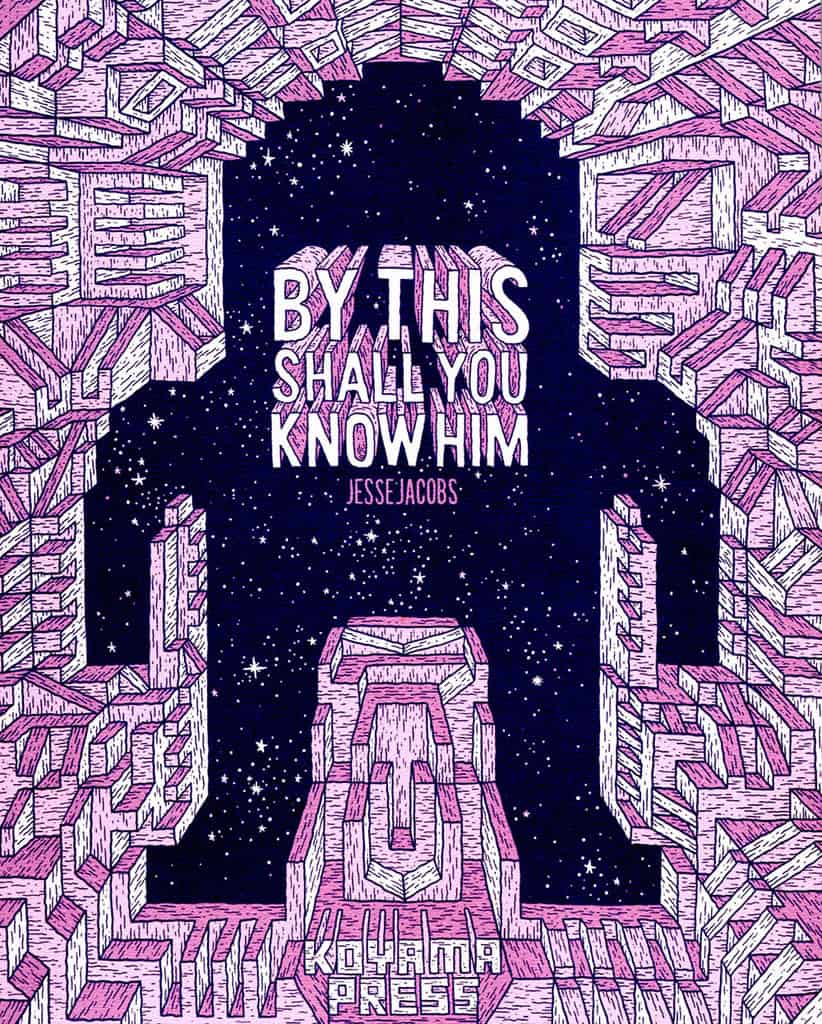
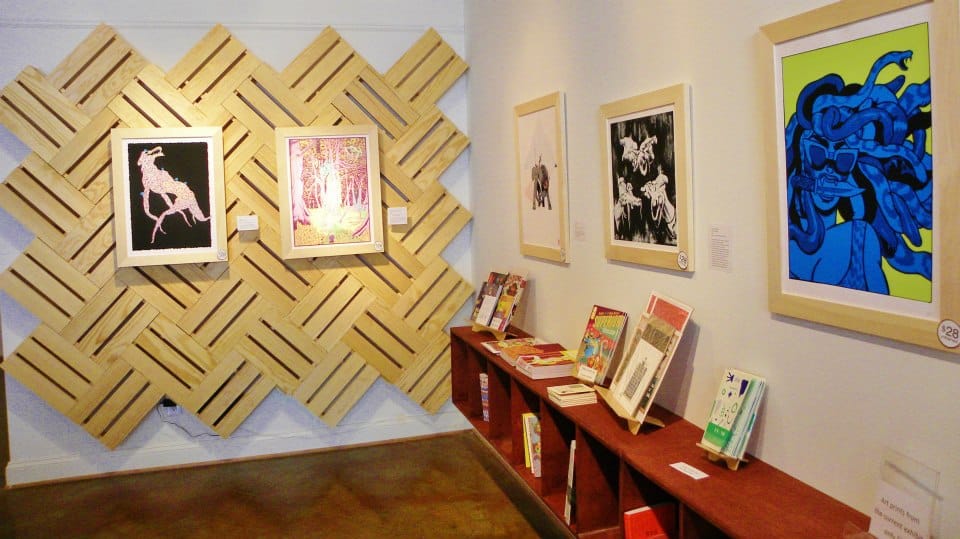
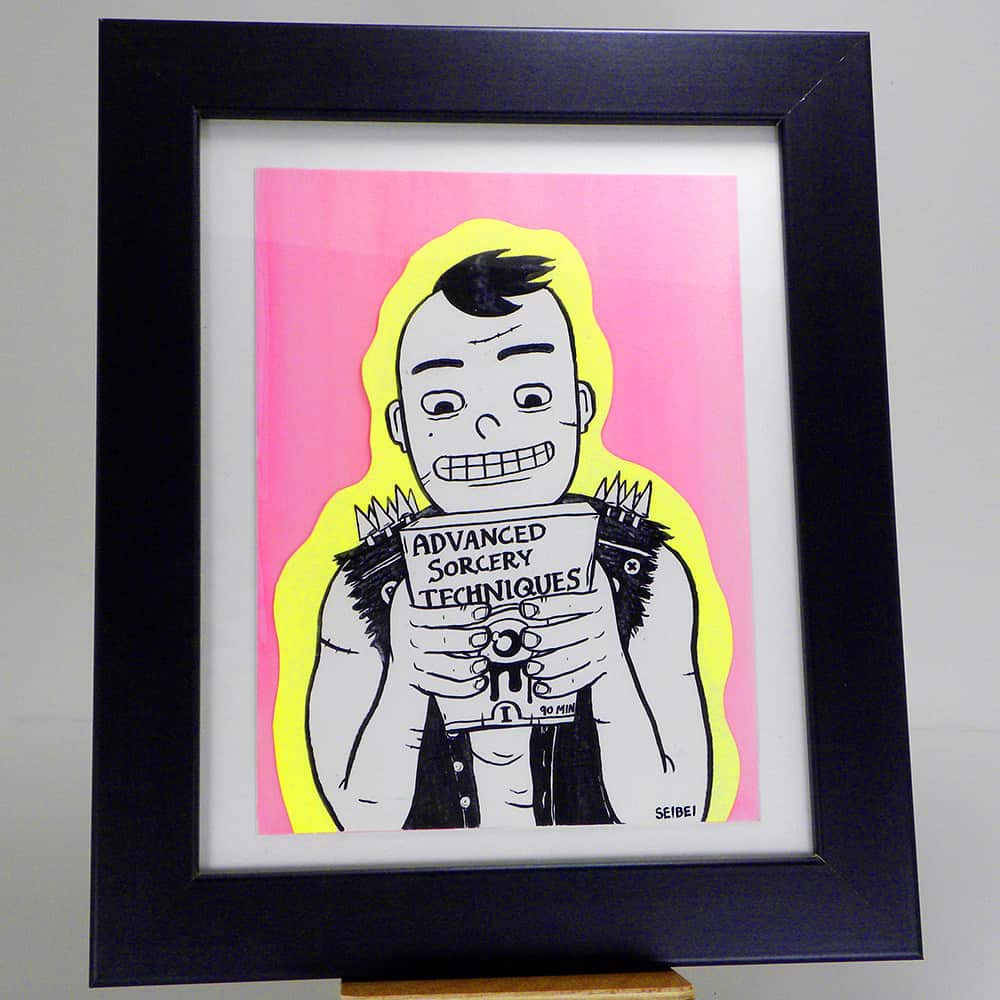
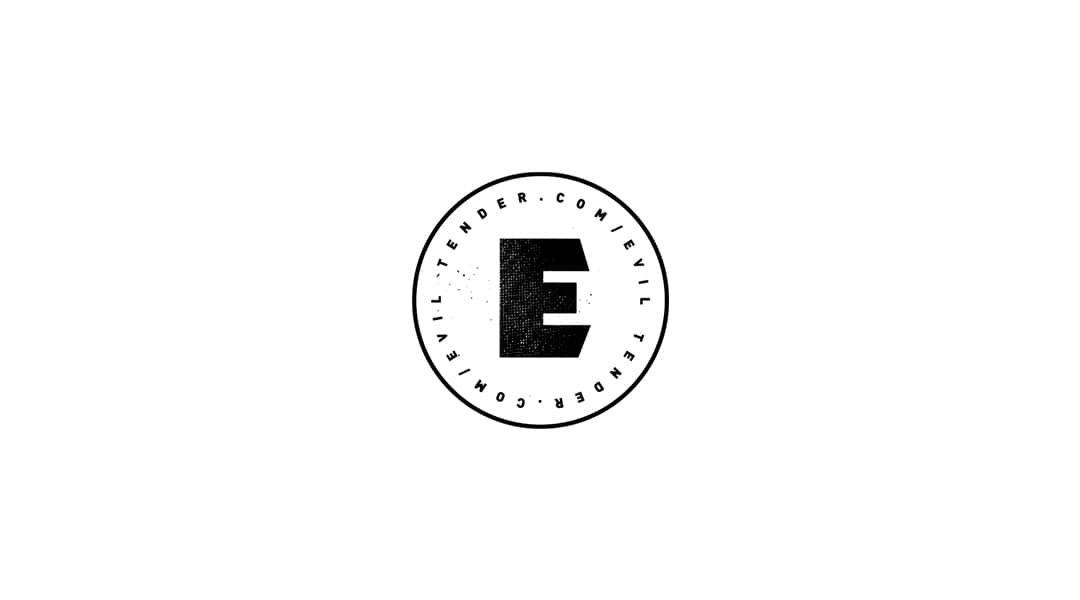
One thought on “Interview: The Brilliantly Dumb Designs of David Murray”